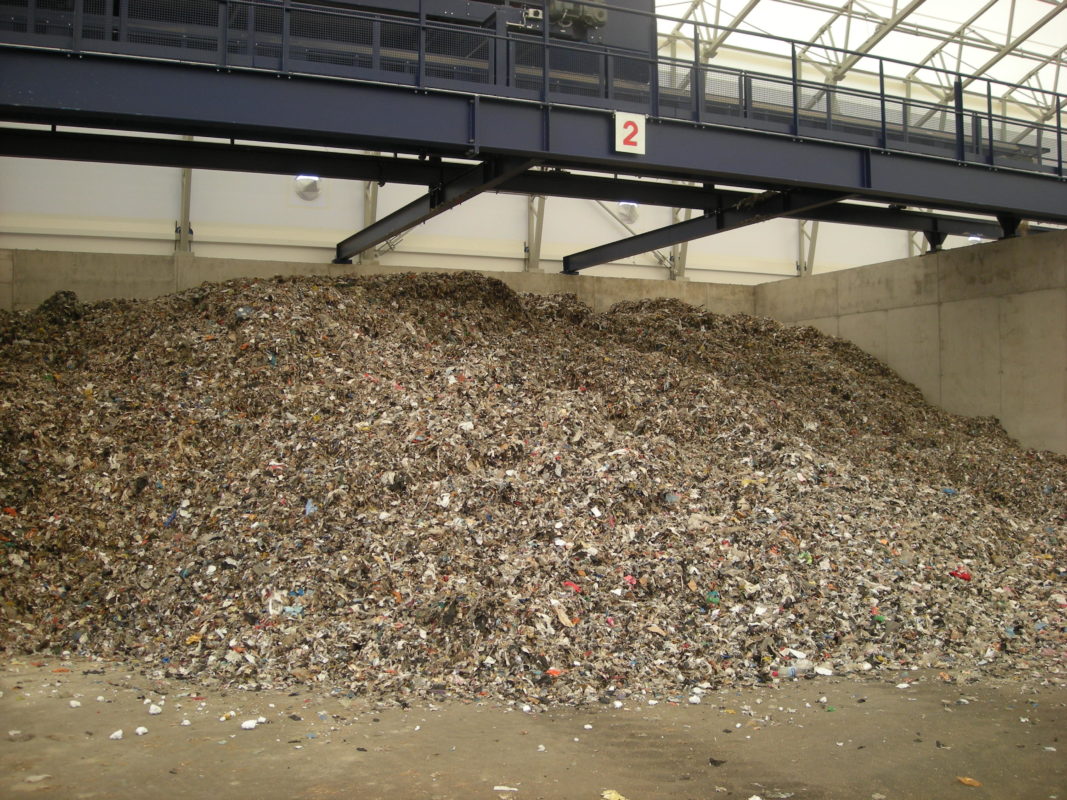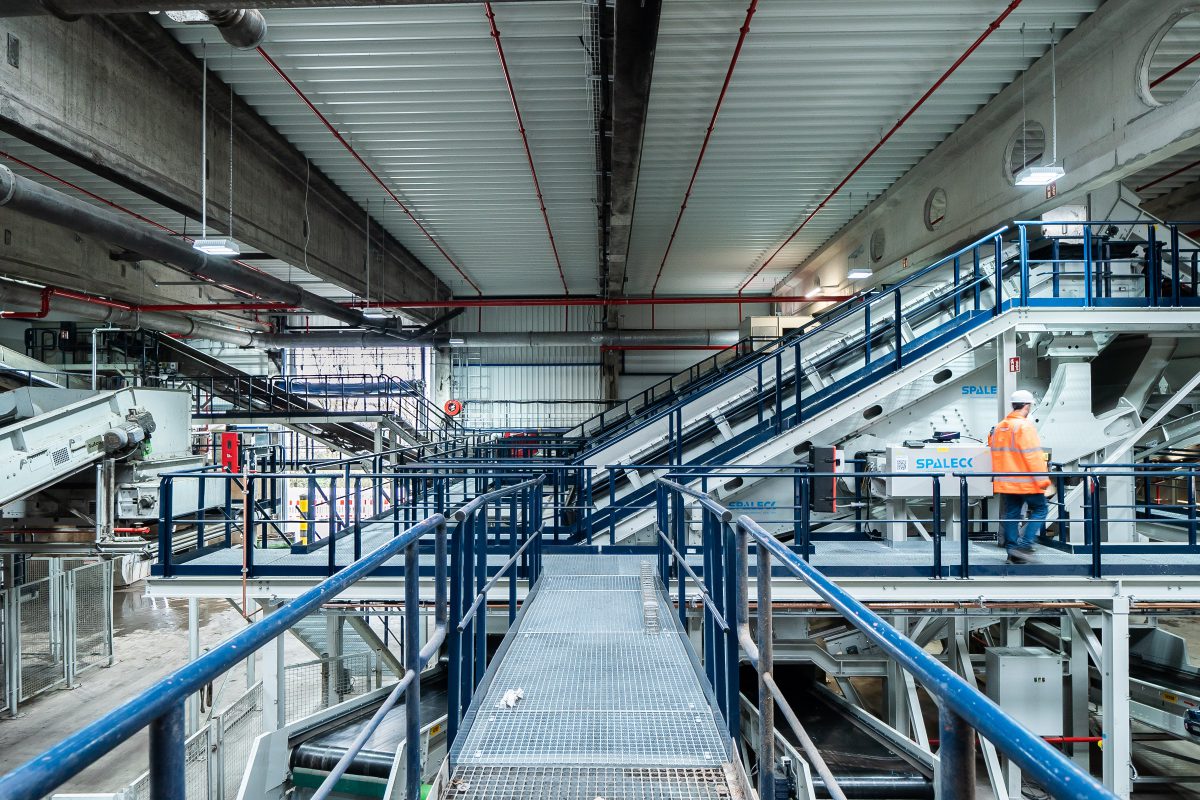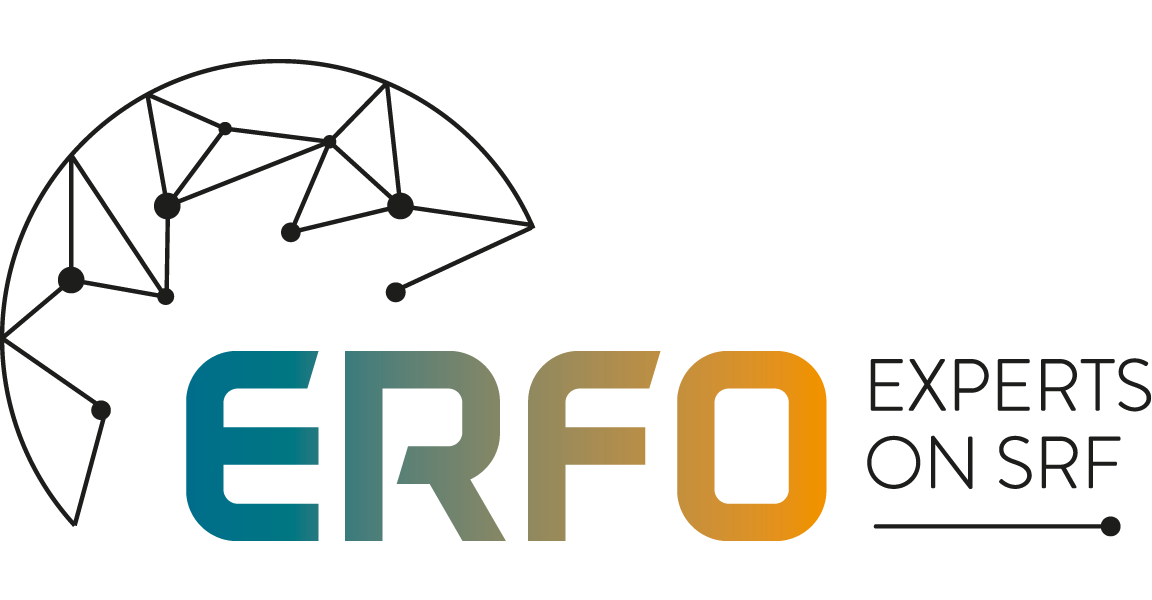Home - About SRF
About recovered fuels and SRF
What are recovered fuels and SRF?
Recovered fuels are produced from such waste streams as Municipal Solid Waste, Construction & Demolition Waste and Commercial and Industrial Waste. But also mono waste streams such as rubber or dried sludge can constitute a recovered fuel. A main feature is that the fuel is produced in such a way as to meet the clients requirements.
When produced in accordance with ISO 21640:2021, SRF can be classified properly.
Recovered fuels can be used in cement kilns, CHP plants, power plants and indeed everywhere where there is a heat demand. The overall energy efficiency is higher than when the waste is incinerated in mass burn incinerators. Moreover, the energy in the waste can be used where there is a genuine demand.


Standards for SRF are developed by ISO/TC300. For those aspects which are not covered by ISO, European (CEN) standards still apply. On the following websites all information about published standards can be found here:
For ISO standards For CEN standardsA circular solution
Production of recovered fuels is usually related to recycling activities. Most fuels are produced in combination with the recovery of recyclables in a sorting plant. Recovered fuels are the only energy-from-waste solution that goes hand in hand with recycling. Recovered fuels can be used where there is a true heat demand. It is not necessary to search for offtakers of heat, as heat is generated at the place where demand exists. Because fuels are used in existing plants, there is no need to invest in new combustion or incineration plants.
Standardized material
SRF is a standardized material (in the waste management world, this is not a usual situation), so it represents a reliable product. Furthermore, SRF as a product is partly made of biomass, hence it contributes to CO2 emission reduction.
contact us